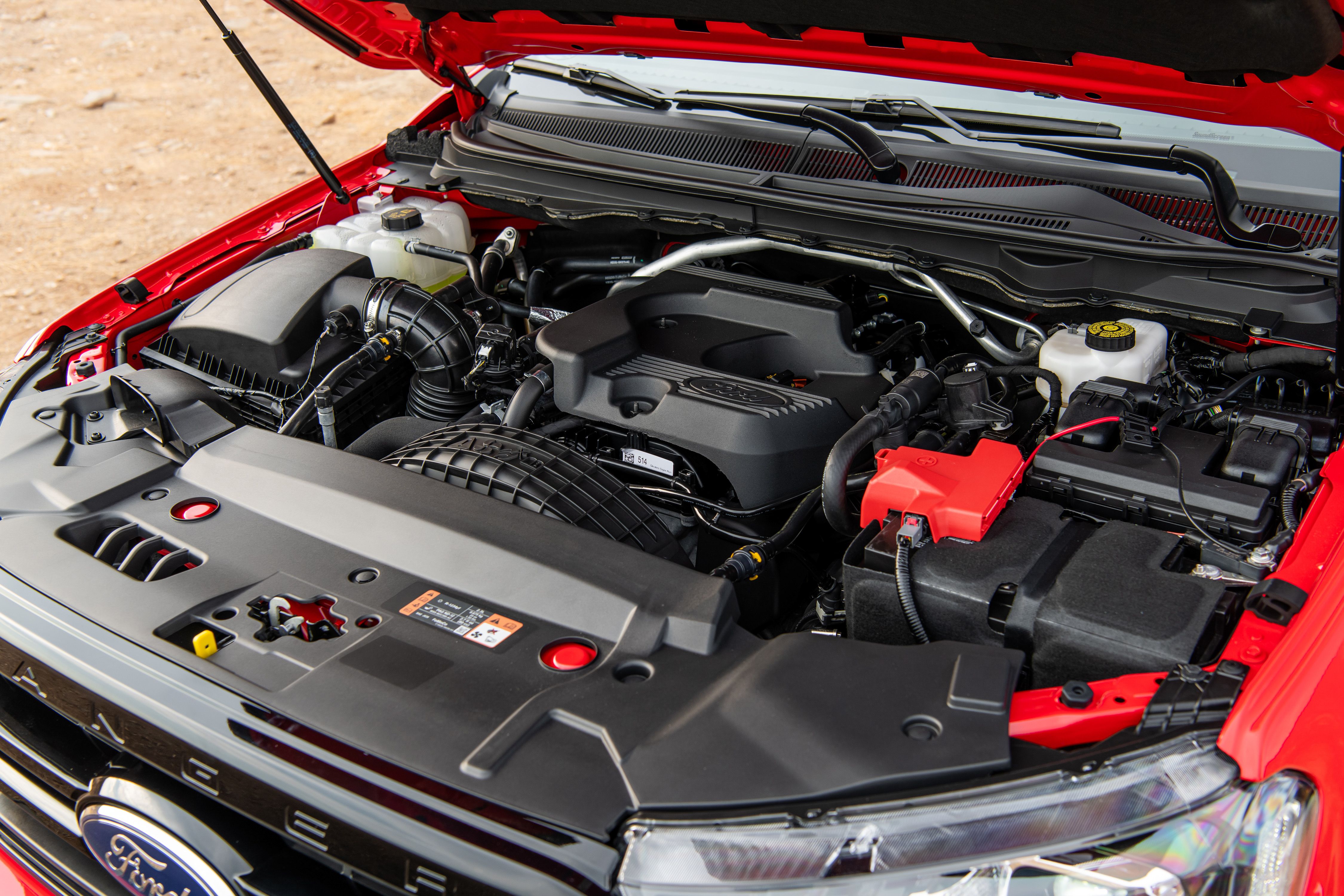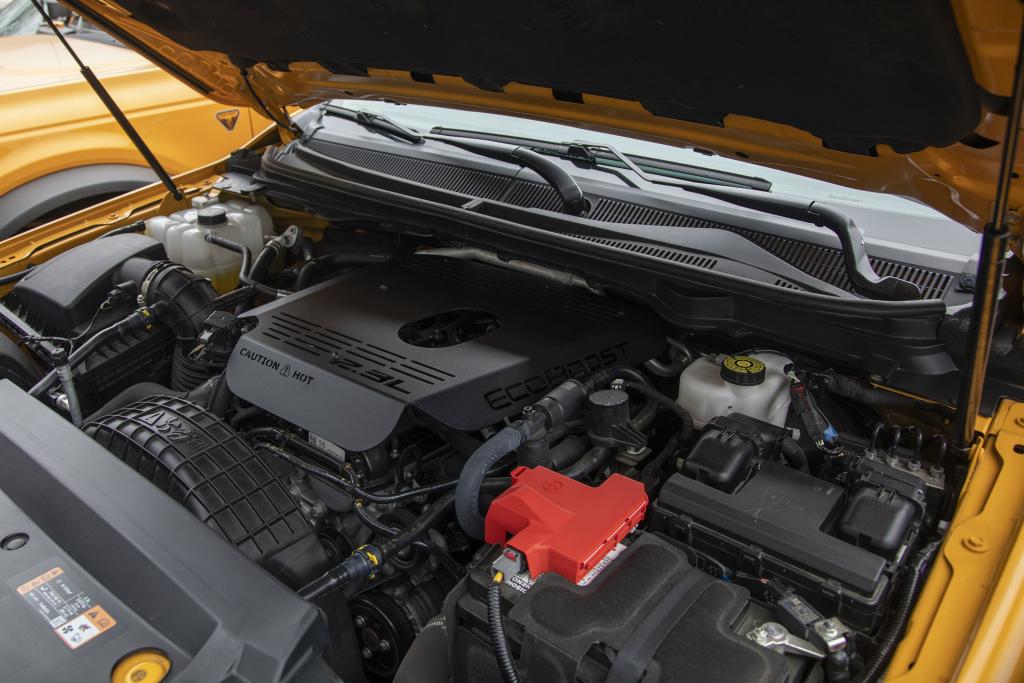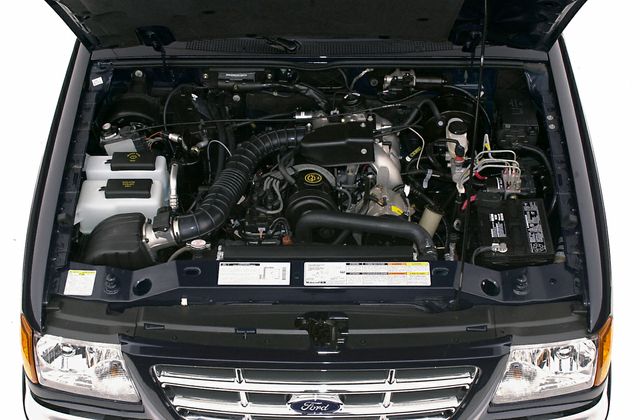Understanding the Fundamentals of Auto Engines: Types, attributes, and features

Review of Vehicle Engines
A car engine acts as the heart of a lorry, transforming fuel right into mechanical power to propel it onward. This detailed system makes up numerous components that operate in unison to ensure ideal efficiency and efficiency. The essential procedure of a cars and truck engine involves the interior combustion procedure, where gas and air are blended, sparked, and gotten rid of to develop power.
The engine's layout can significantly influence its performance, fuel efficiency, and exhausts. Secret components include the cyndrical tube block, pistons, crankshaft, and camshaft, each playing a crucial role in the engine's general feature. The cyndrical tube block houses the cylinders where burning happens, while the pistons transform the eruptive energy from combustion right into straight movement. This activity is then changed into rotational power by the crankshaft, allowing the automobile's wheels to transform.
In enhancement to these elements, engines commonly use different systems such as fuel shot, ignition, and cooling systems to improve efficiency and long life. Recognizing the basic auto mechanics of auto engines is vital for performing and identifying issues upkeep, ultimately adding to the vehicle's reliability and effectiveness with time.

Kinds Of Vehicle Engines
Auto engines can be categorized into a number of types based upon their design, fuel type, and operational principles. 2.2 ford ranger engine. One of the most usual groups include interior burning engines (ICE), electric engines, and hybrid engines
Interior burning engines, which can be more split into fuel and diesel motor, operate by igniting a fuel-air combination to create power. Gas engines are usually lighter and smoother, while diesel engines are more fuel-efficient and deal higher torque.
Electric engines utilize electrical energy saved in batteries to power an electrical motor, supplying immediate torque and zero emissions during procedure. As modern technology advancements, electric automobiles (EVs) are progressively becoming prominent for their environmental benefits and reduced running prices.
Crossbreed engines integrate elements of both internal combustion and electrical engines, allowing for adaptable power sources and boosted fuel efficiency. They can run in numerous modes, making use of either the gasoline engine, the electrical motor, or both at the same time.
Each kind of engine has distinct benefits and drawbacks, affecting their application in various car kinds and market segments, from small cars to durable vehicles. Recognizing these types is necessary for making educated decisions concerning automobile selection and performance expectations.
Engine Functions Described
Recognizing engine features is essential for comprehending just how cars operate successfully. At the core of any inner combustion engine lies the basic procedure of converting fuel into power. This procedure begins with the intake stroke, where air and fuel are attracted right into the combustion chamber. Following this, the compression stroke compresses the air-fuel combination, enhancing its temperature level and stress.
The ignition occurs next, stiring up the mixture and producing a quick expansion of gases. This force drives the piston down during the power stroke, which inevitably translates into the rotational motion of the crankshaft. The exhaust stroke after that gets rid of the spent gases from the chamber, giving way for a brand-new cycle to start.
In enhancement to these key features, engines additionally include systems that handle air conditioning and lubrication, ensuring ideal operational temperature levels and minimizing friction between moving parts. This intricate interaction of features allows the engine to generate the power needed for vehicle propulsion while keeping efficiency and reliability. Comprehending these features offers valuable understanding right into the intricacies of automotive design and boosts the ability to diagnose and attend to engine-related issues properly.
Secret Engine Functions
Engine style encompasses a number of vital functions that dramatically influence performance, efficiency, and durability. One of one of the most important elements is the engine setup, which consists of inline, V-type, and level layouts. Each setup influences the engine's size, power, and equilibrium output, therefore affecting overall visit car characteristics.
Another essential function is the engine variation, describing the total quantity of all cyndrical tubes. Bigger variations normally generate more power however may endanger fuel efficiency. Engine products likewise play a crucial duty; light-weight and high-strength materials, such as aluminum and magnesium alloys, enhance efficiency without including too much weight.
The kind of fuel injection system employed-- such as multi-port or direct injection-- influences combustion performance and discharges. Turbocharging and turbo charging are functions that boost engine performance forcibly added air right into the burning chamber, boosting power output without substantially boosting engine dimension.
Lastly, the existence of sophisticated engine administration systems optimizes fuel-air mixture and ignition timing, adding to smoother procedure and far better fuel economic situation. Jointly, these attributes define an engine's capacities, establishing the foundation for its performance and durability in a competitive vehicle landscape.
Maintenance Tips for Engines
Appropriate engine maintenance is important for making sure optimum performance and durability, as neglecting routine care can bring about considerable concerns down the line. To keep your engine properly, begin with regular oil modifications, commonly every 3,000 to 7,500 miles, depending upon the sort of oil used. Fresh oil lubes engine elements, reducing rubbing and wear.
Additionally, checking coolant levels is important to stop overheating. Ensure that the coolant is topped up and is in excellent condition to preserve efficient temperature level regulation. Consistently examine and change air and fuel filters, as stopped up filters can hinder air flow and fuel distribution, jeopardizing engine performance.
In addition, take notice of ignition system and ignition systems. Used or damaged ignition system can bring about misfiring and lowered efficiency. Examining the battery terminals and links for deterioration is additionally important, as a weak battery can affect engine starting.

Conclusion
In summary, a thorough understanding of vehicle engines encompasses various types, functions, and vital attributes that dramatically affect lorry efficiency. Interior burning engines, along with hybrid and electrical options, demonstrate varied devices for power conversion. 2.2 ford ranger engine. Identifying the essential features, such as intake and exhaust cycles, alongside vital engine pop over to these guys attributes like setup and gas shot systems, gears up auto owners with the expertise required for reliable maintenance and operation, eventually improving car durability and efficiency
A car engine offers as the heart of an automobile, converting fuel right into mechanical power to propel it onward. The basic procedure of an auto engine involves the inner combustion process, in which gas and air are combined, sparked, and removed to develop power.
On a regular basis replace and check air and fuel filters, as clogged up filters can hinder airflow and gas distribution, jeopardizing engine efficiency. - 2.2 ford ranger see this page engine
In summary, a detailed understanding of car engines includes different kinds, features, and key attributes that considerably influence lorry performance. Identifying the essential functions, such as intake and exhaust cycles, along with vital engine features like setup and fuel shot systems, gears up automobile owners with the understanding required for efficient upkeep and procedure, eventually boosting vehicle long life and effectiveness.